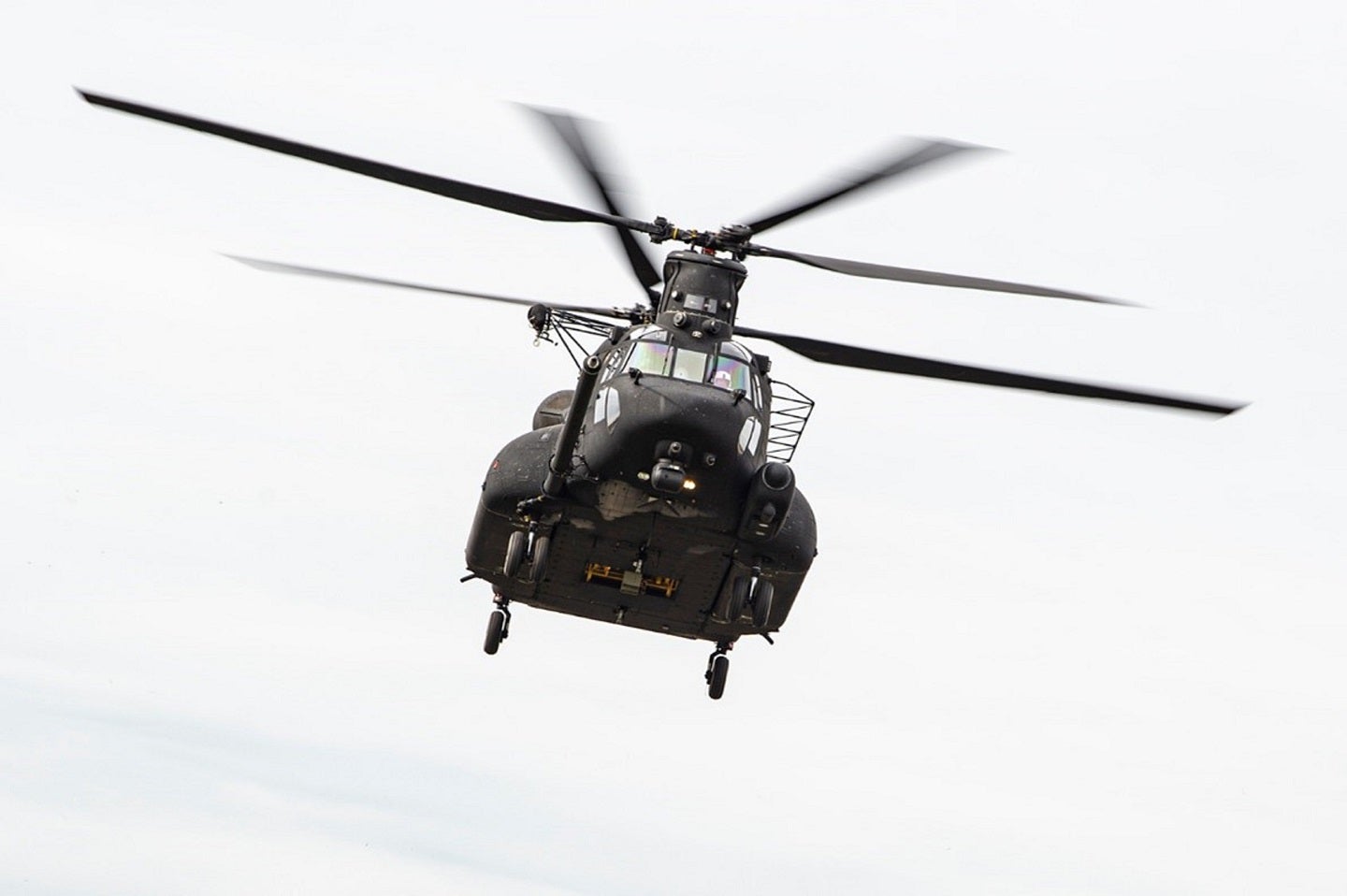
In a strategic move to bolster the nation’s defence capabilities, Boeing has secured a $271m contract to deliver six MH-47G Block II Chinook helicopters, offering enhanced versatility and future-ready technology to the US Army Special Operations Command (USASOAC).
The $271m deal includes the production of six remanufactured MH-47G Block II aircraft.
The Chinook helicopter has undergone an upgrade with the introduction of the MH-47G Block II. Recognising the evolving complexities of special operations requirements, Boeing’s modernisation efforts extend beyond meeting present needs to ensure the Chinook remains battle-relevant well into the future.
Boeing has continued to fortify the US Army’s aerial capabilities with a series of strategic contracts for MH-47G Block II Chinook helicopters. Subsequent agreements, totalling $194.22m in June 2019, $265m in July 2020, $246.48m in November 2021, and a recent $195m in March 2022, reflect Boeing’s sustained commitment.
With 3.4% of the North American military rotorcraft market, Boeing Co. is projected to be the second-largest shareholder in the region. The company is expected to garner business worth $2.4bn over the forecast period owing to its contracts for CH-47F Chinooks for the US Army, according to GlobalData’s “The Global Military Rotorcraft Market 2023-2033” report.
Heather McBryan, vice president and programme manager of cargo programmes at Boeing, emphasised the significance of the MH-47G Block II programme. “With the new and improved MH-47G Block II aircraft, USASOAC is not only receiving the most capable Chinook helicopter but they are also provided the flexibility to add additional upgrades as their needs evolve over time.”
The deal’s significance is the immediate impact on USASOAC’s operational capabilities and laying the foundation for future technology upgrades. The Block II Chinook helicopters serve as a stepping stone, positioning the US Army for technological advancements.
Boeing, headquartered in Ridley Park, Pennsylvania, will undertake most of the work in the exact location, with the project expected to conclude by May 2027.




